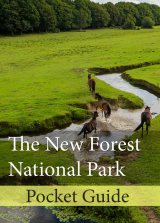New Forest wartime history
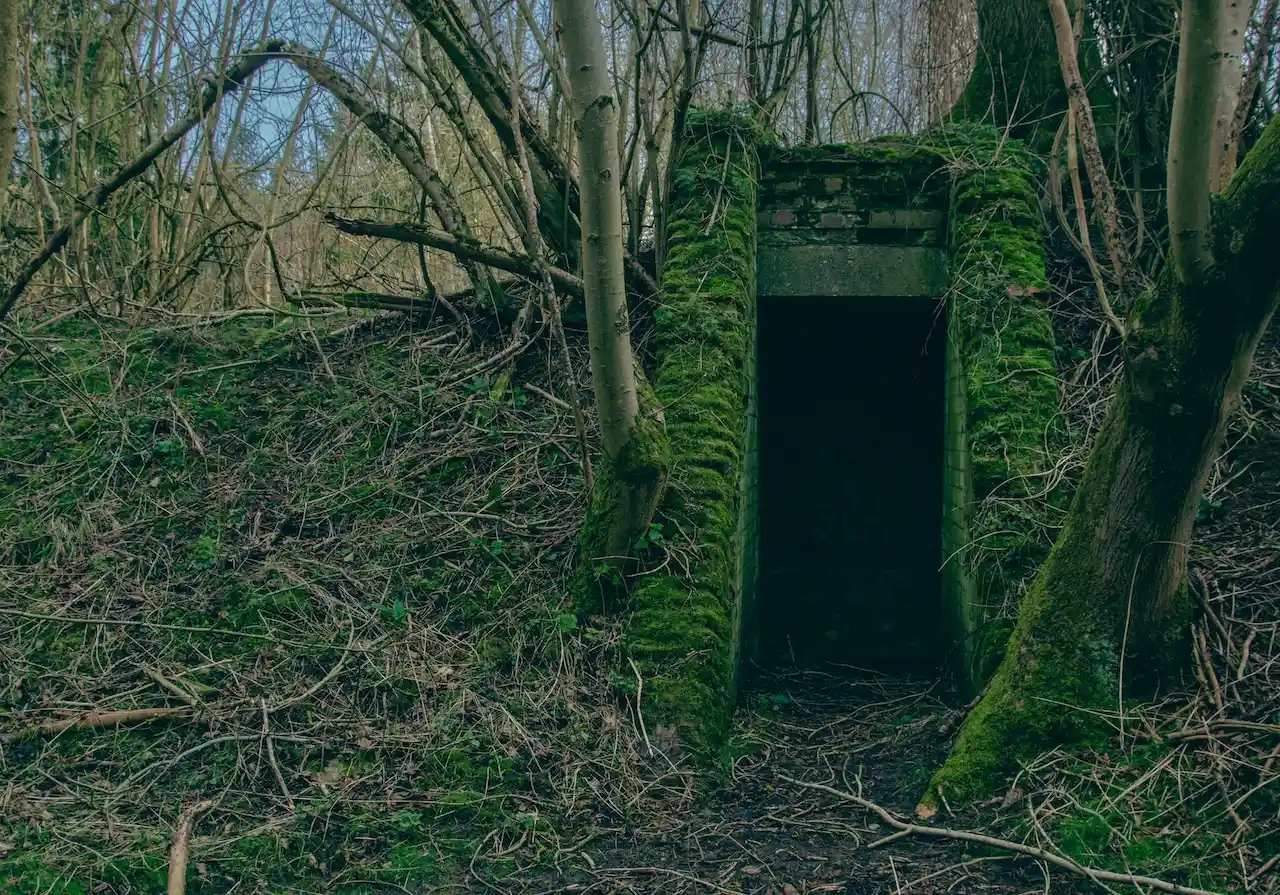
New Forest
New Forest wartime history
The New Forest and surrounding areas played a huge role during the Second World War (1939-45), and the wartime history is very important to locals of the New Forest, not to mention friends and relatives of those who fought during that time and of course the surviving soldiers, seamen and aircrew of the area themselves.
Today, some reminders of the dark days of war are still very much visible in certain areas of the New Forest National Park – from the disused wartime airfields of Beaulieu, Stoney Cross and Holmsley, to the coastal defenses of Hurst Castle and the Lepe Beach area.
Table of Contents
ToggleThe wartime history of the New Forest is a big topic; this page outlines just a handful of examples of areas that played important parts during WWII.
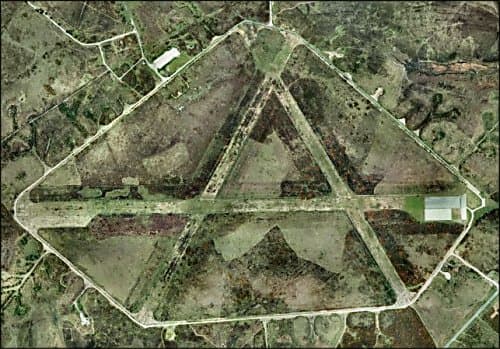
New Forest airfields
At the height of activity, there were no less than 12 airfields and ALGs (Advanced Landing Grounds) in and immediately around the New Forest. Sites included Beaulieu Heath, Stoney Cross, Ibsley, Holmsley, and Lymington, as well as Hurn to the west, now Bournemouth International Airport.
Whereas many sites are now invisible to the human eye, some are still clearly visible, especially from the air.
The thin top soils of the New Forest mean that runways, service roads, and building foundations of some wartime airfields have never been reclaimed by nature, and although the Forestry Commission has removed many tarmac and concrete hardstandings, service roads and foundations, etc. from places such as Stoney Cross, outlines and evidence of major wartime activity remains.
Other wartime reminders
Of course, wartime activity within the New Forest didn’t stop at airfields. The Forest itself was in a prime location for military action, and the densely wooded areas provided excellent natural cover from spying eyes in the skies.
The area saw its busiest wartime period in the build up to D-Day, and veterans will tell you just how crowded the New Forest was at this time.
In some parts, small village roads were widened to accommodate the extra number of tanks and other army vehicles, and temporary camps sprung up everywhere. Foreign, as well as British, troops far outnumbered the local population and the New Forest experienced an incredible feeling of anticipation that something large was about to happen.
D-Day reminders can still be seen off the shores of Lepe Beach, where the large concrete platforms used to construct the famous ‘Mulberry Harbours‘ still exist, alongside beach defence remains. On the lane out of the country park, the tank parking bays are still visible on the roadsides.
Ashley Bombing Range was another major wartime area; situated in the north west of the New Forest, the range played host to extensive bombing tests, including some developmental tests of Barnes Wallis’ bouncing bomb used on the ‘Dambuster’ raids in Germany.
New Forest crash sites
Aircraft crash sites were, not surprisingly, a common thing in and around the New Forest during wartime. With such a high concentration of young and inexperienced pilots in a small area, mid-air collisions and crashes were inevitable, as well as the shooting down of many many aircraft over the Forest.
Remarkably some crash sites can still be found, because the ground was damaged by the explosions so much that vegetation was not able to regenerate. Bare patches of the underlying gravel amongst the heather are a tell-tale sign of such sites, and pieces of melted airframe, perspex and even bullet casings can still be recovered from such areas today.
The photos below show one such site, believed to be an Armstrong Albermarle transport plane that got into difficulties while on a routine parachute training exercise out of Stoney Cross…
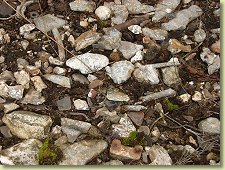
Right, an unassuming area of missing heather (left) but look closely and many small fragments of aircraft remains can still be found (right) in the gravel.
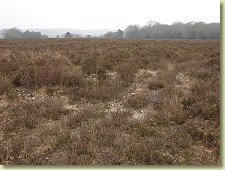
The small amount of information on this page represents a massively important era in the history of the New Forest. Wartime life in the Forest will never be forgotten, and the period of time that the area saw action played a big part in shaping areas of the New Forest National Park that we know and see today.
Related pages & resources
Important update: Regrettably the OS map excerpt previously shown for this walk can no longer be used on this website. The walk is doable without it, by following the directions and photos outlined below, but please take extra care. If you don’t feel confident about trying the walk without the map excerpt, please don’t!
You can buy our offline map by clicking here or the Pocket Guide Image.
I put together a handy downloadable pocket guide ebook containing all of the walks from this website plus many pages of fascinating facts, essential local tips, and useful information regarding the New Forest. All of which is available for download in a completely ad-free, mobile-friendly format. Suitable for use in all smartphones, tablets kindles etc. Save some ink and the hassle of printing by downloading the New Forest National Park Pocket Guide right here, the only one of its kind, and found nowhere else!

Most Visited Tourist Attractions in UK
The UK has a variety of world-renowned attractions. These range from museums to historic landmarks, and include natural wonders as well. This list includes some of the UK’s most popular tourist attractions, which attract millions of

Family Holiday in UK
The UK offers a wide range of family-friendly activities for all ages. There’s something to do for everyone, whether you want to explore vibrant cities, enjoy the countryside or experience thrilling adventure parks. Here are some of

Attractions in UK
The United Kingdom has a rich history, culture and natural beauty. This diverse and fascinating nation has something to offer everyone, whether you are a history enthusiast, a nature lover, or if you want to experience

Enjoying Nature in the New Forest
Immersing yourself in nature offers peace, adventure, and a unique way to rejuvenate the spirit. With its beautiful surroundings and diverse wildlife, the New Forest is an ideal location for outdoor enthusiasts. Planning your next

Top Road Trip Hacks
For nature enthusiasts, a road trip represents more than just traveling from point A to B—it’s an opportunity to forge meaningful connections with the natural world. Whether you’re planning to explore remote national parks or

Exploring natural wonders
Exploring natural wonders: from New Forest to the deserts of the UAE For English travellers, the UAE is a sweet invitation into a world of exceptional land beauty. From the billowing dunes of its

